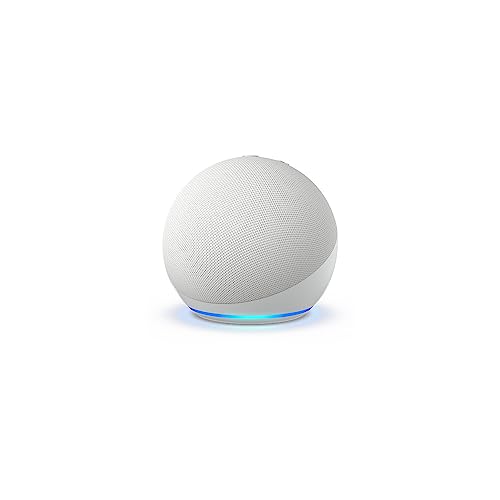Sensory Processing and Sleep!
Sensory processing plays a crucial role in our ability to get a restful night's sleep. For individuals with sensory sensitivities or sensory processing disorders, the impact on sleep can be significant. Hyper or hypo sensitivity to certain sensory inputs, such as noise, light, or touch, can disrupt the sleep-wake cycle, making it difficult to fall asleep, stay asleep, or wake up refreshed. Sensory overload or under-stimulation can lead to heightened arousal, anxiety, and difficulty in winding down before bedtime. Recognizing the impact of sensory processing on sleep is essential for both individuals and healthcare professionals to develop personalized strategies and create a sleep-friendly environment that supports optimal rest and rejuvenation.
To improve sleep quality, there are several strategies that can be used. First and foremost, establishing a consistent sleep schedule is imperative. Going to bed and waking up at the same time every day helps regulate the body's internal clock, promoting better sleep. Creating a relaxing bedtime routine can also signal to the body that it's time to wind down. This can include activities such as reading, taking a warm bath, or practicing relaxation techniques like deep breathing or meditation/yoga. Creating a comfortable sleep environment is another important factor. This involves ensuring a cool, dark, and quiet bedroom. Additionally, it's important to minimize exposure to electronic devices before bed, as the blue light emitted from screens can disrupt the production of melatonin, a hormone that helps regulate sleep. Blue light, emitted by electronic devices such as smartphones, tablets, and computers, has been a topic of concern when it comes to its effects on sleep. Research suggests that exposure to blue light in the evening can disrupt the body's natural sleep-wake cycle, known as the circadian rhythm. By inhibiting melatonin release, blue light exposure can make it more challenging to fall asleep and experience restorative sleep. Furthermore, prolonged exposure to blue light at night can lead to sleep disturbances and sleep disorders, contributing to daytime fatigue and reduced cognitive function. It is recommended to limit electronic device usage before bedtime and consider using blue light filters or switching to warm-toned lighting in the evening. This means watching shows or videos as a way to prepare for bed may be doing more harm than good.
For kids that have difficulty “winding-down”, a consistent routine with clear expectations is so important! Don’t solely rely on verbal reminders, as many more of us retain visual information easier. Creating a visual schedule of nighttime routine tasks may help give the child/person a better sense of expectations. Negative behaviors could stem from not having a perception of time or what tasks need to be done. If you’re still dealing with excess energy around going to sleep, try adjusting all of the senses. Visually, can you adjust lighting? Would a star projector promote calm? Auditorily, can you add a sound machine or calming music? What about an audio book or mindfulness meditation? Tactilely, are the sheets comfy? Is the room too hot or cold? Also, wearing socks promotes sleep! Olfactorily, could you try to diffuse calming essential oils? Scents like lavender have been extensively researched for promoting calm. Proprioceptively, do they need to do a heavy work activity to promote regulation? (see: Proprioception Activities) Would they benefit from yoga? (Try using Google or Alexa to walk you through a stretching routine!) Letting a child pick from a few activities like yoga, animal walks, or an audio book, also gives the child a sense of control while also teaching them to be in tune with their sensory needs! Below are my recommendations for nighttime routines!







